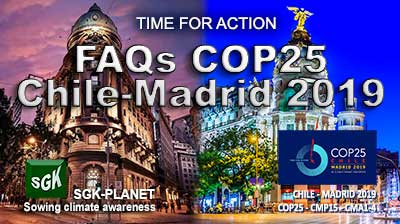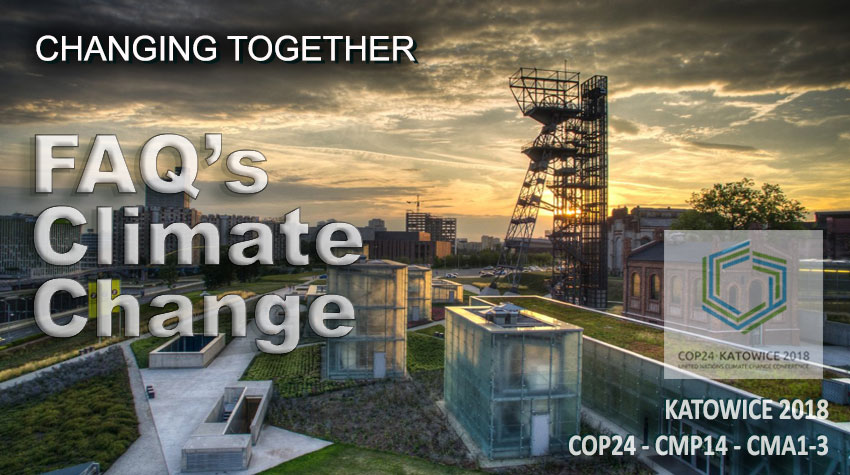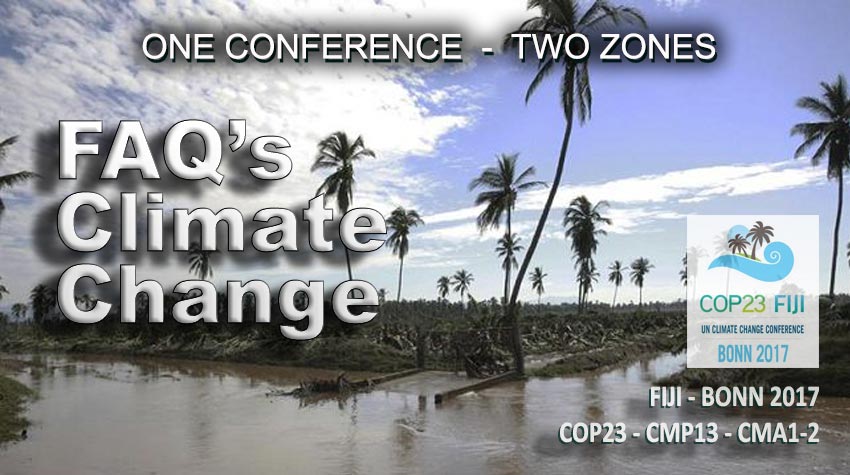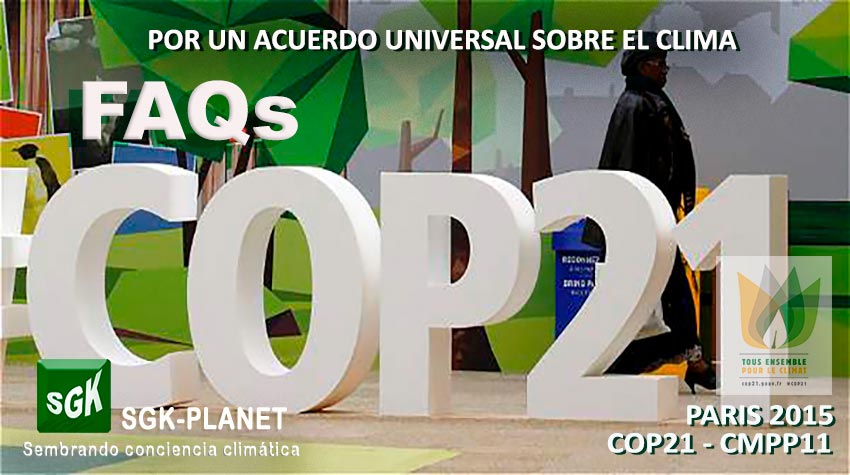
FAQs about Rio Summit 1992

6. What is the “Convention on Biological Diversity” Rio 1992?
The Convention on Biological Diversity (CBD) was created during the Second Earth Summit, Rio de Janeiro-1992 and its basic principle is to promote measures that lead to a sustainable future. It is a legally binding international treaty, with three main objectives:
* The conservation of biological diversity.
* The sustainable use of its components.
* The fair and equitable participation in the benefits derived from the use of genetic resources.
Knowing what happened in these almost three decades, these principles have not been fulfilled and have worsened alarmingly.
The CBD defines biodiversity as the great variety of living beings on Earth, the result of hundreds of millions of years of species evolution, but also includes species created by unnatural processes by humans.
According to the Living Planet Report2018 WWF-UK, vertebrate populations (mammals, birds, fish, reptiles and amphibians), has decreased by 60% between 1970 and 2014. In most of them are “directly related to human activities, including habitat loss and degradation and overexploitation of wild fisheries. Fauna groups studied in freshwater have decreased 83%, Since 1970,” the highest extinction rate “in the twentieth century among the vertebrates of the planet.
The WWF IPV report points to the main cause of the “serious decline in biodiversity”, uncontrolled human production and consumption, responsible for the overexploitation of ecosystems and agriculture, in addition to pollution, invasive species and diseases or climate change Marco Lambertini, general director of WWF International, has indicated that “the enormous pressure exerted on natural resources is threatening the living structure that sustains humanity.”
FAQs about Rio Summit 1992
1. Why was the Rio Summit 1992 the Second Earth Summit?
2. Who participated in the Rio Summit 1992?
3. What was the importance of the Rio Summit 1992?
4. What is the relationship between the Rio Summit 1992 and the COP?
5. What is the “Declaration of principles relating to forests” Rio 1992?
6. What is the “Convention on Biological Diversity” Rio 1992?
7. What is the “Convention to Combat Desertification”?
8. What is Agenda 21 and how does it relate to sustainable development?
9. What are the criticisms about the Rio Summit 1992?
10. Is the Paris Agreement a consequence of the Rio Summit 1992?






